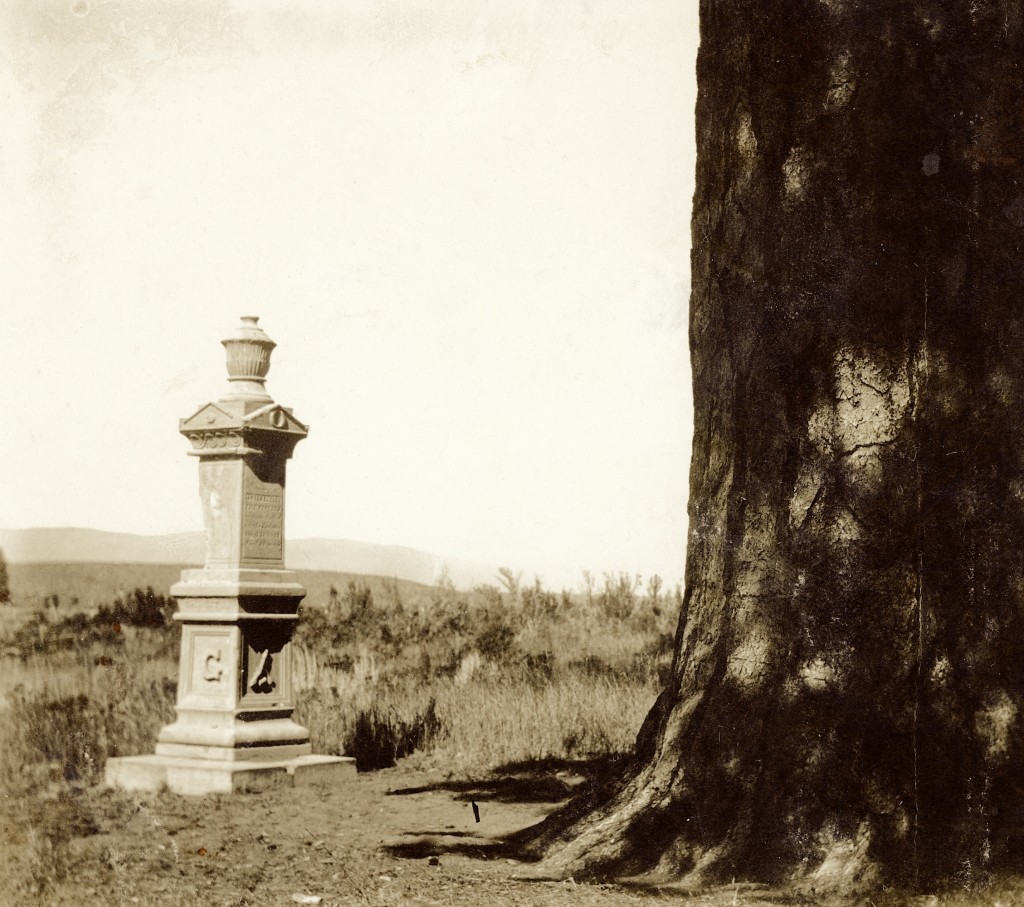
With the daylight hours getting longer, coupled with temperatures getting warmer, it is time to put away those skiis or snowshoes, and change your footwear. Whether you are a native, recent newcomer or traveller, one has to check out how the Lassen Monument five miles south of Susanville that went through a major transformation last fall.
For the uninitiated, this is the final resting place of trailblazer, Peter Lassen—a name well known throughout Northern California. This Danish adventurer was born in 1800. He left his native country in 1830 to come to the United States, like so many others to escape poverty. The following year he embarked on his westward expansion and moved to Missouri, where he applied his blacksmith trade, a skill he learned from his uncle—a good one at that, for he always had something to fall back on when other ventures failed.
In 1839, Lassen made the gigantic leap to the West Coast, first to Oregon, then to the Russian colony of Fort Ross on the Northern California coast. It was then onward to John Sutter’s Ranch, known today as Sacramento. On a expedition to the northern Sacramento Valley Lassen came upon the confluence of the Sacramento River and Deer Creek. So impressed with the site, Lassen obtained Mexican citizenship. This allowed him to claim the property and was granted five Spanish leagues (22,000 acres) at Deer Creek, he named it Bosquejo Ranch. Lassen’s next enterprise there was the establishment of Benton City. In 1847, Lassen returned to Missouri to recruit settlers for his new community. In the spring of 1848, he brought back a small group of emigrants and they were the first to cross over the infamous Lassen Trail, that was a disaster.
In a sense the trail crossing was an omen of more bad things to come. Within two years, Lassen had lost his ranch. Lassen, now freed as a landholder, relocated to Indian Valley, Plumas County. Lassen, like so many others, had become intrigued by the possible existence of the fabled Gold Lake. In the late summer/early fall of 1850, Lassen, J. Goldsborough Bruff, and a small group of men explored Northeastern California in search of Gold Lake, though they never found it. In 1855, Lassen did find gold, in the Honey Lake Valley. That fall, Lassen, and six companions, built a log cabin near Lassen Creek and spent the winter there, making the Honey Lake Valley his new home. In the fall of 1858, news circulated of a silver discovery in the Black Rock Desert, Nevada. In the spring of 1859, Lassen organized a prospecting party. It was divided into two groups, one led by Captain William Weatherlow and the other by Lassen—that group consisted of Lassen, Edward Clapper and Lemericus Wyatt. The two groups were to meet at Black Rock Canyon. Lassen and Company arrived first and remained to wait for Weatherlow’s party—a fatal mistake. On the morning on April 26, 1859, Lassen’s camp was awakened by a gunshot, a fatal one, striking the head of Clapper. Lassen was killed by the second shot. Wyatt escaped and rode horseback 124 miles to Susanville to safety and to relay the tragic event.
Tomorrow: The conclusion.
Excellent article! So much history I didn’t know. Thank you.
Tim, Really appreciate your taking on the Peter Lassen “mystery.” Legend, myth, truth????? Another Lassen question is about his role/connection with the town of Vina in Tehama County. The end of Lassen’s Trail?